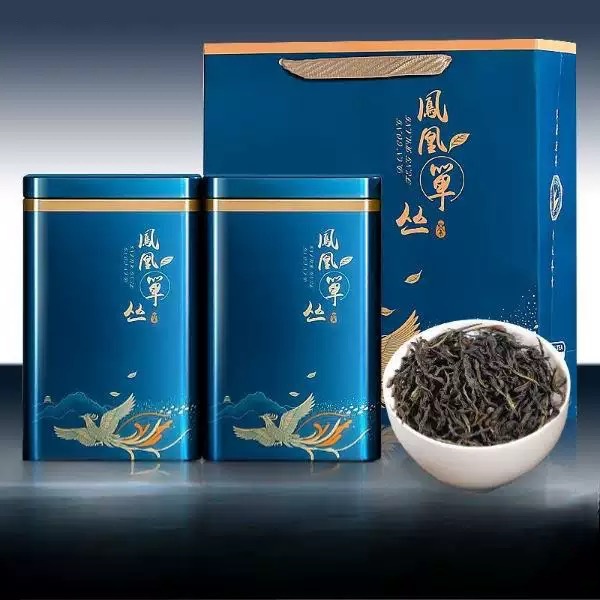
# Oolong Tea Types and Their Unique Characteristics
## Introduction to Oolong Tea
Oolong tea, also known as wulong tea, is a traditional Chinese tea that falls somewhere between green and black tea in terms of oxidation. This semi-oxidized tea offers a wide range of flavors, aromas, and appearances depending on the processing methods and growing regions. With its complex production process and diverse varieties, oolong tea has captivated tea enthusiasts worldwide.
## Main Categories of Oolong Tea
Oolong teas can be broadly categorized based on their oxidation levels and processing techniques:
### Lightly Oxidized Oolongs (10-30% oxidation)
These teas retain more floral and fresh characteristics similar to green teas.
### Moderately Oxidized Oolongs (30-50% oxidation)
Offering a balance between floral notes and deeper, roasted flavors.
### Heavily Oxidized Oolongs (50-70% oxidation)
These varieties develop richer, darker flavors approaching black tea characteristics.
## Famous Oolong Tea Varieties
### Tie Guan Yin (Iron Goddess of Mercy)
Originating from Anxi in Fujian province, Tie Guan Yin is one of China’s most famous oolong teas. The lightly oxidized version offers floral orchid notes with a creamy texture, while more heavily roasted versions develop deeper honey and mineral flavors.
### Da Hong Pao (Big Red Robe)
This legendary tea from Wuyi Mountain is known for its rich, mineral flavor with notes of dark chocolate and stone fruit. The heavily roasted versions can command extremely high prices, especially from the original mother plants.
### Dong Ding Oolong
Grown in Taiwan’s Nantou County, Dong Ding is traditionally medium-oxidized and roasted, offering a perfect balance of floral aroma and toasty sweetness with a lingering aftertaste.
### Oriental Beauty (Bai Hao Oolong)
This unique Taiwanese tea is partially eaten by leafhoppers before harvest, which causes the plant to produce a natural honey-like sweetness. The tea has distinct fruity and honey notes with a bright amber liquor.
### Phoenix Dan Cong
From Guangdong province, these teas come from single bushes rather than blends, each with its own distinctive character. Varieties can range from floral orchid scents to fruity apricot or almond flavors.
## Brewing Oolong Tea
To fully appreciate the complexity of oolong teas, proper brewing is essential. Most oolongs benefit from multiple short infusions (15-30 seconds) with water temperatures between 185-205°F (85-96°C). Using a gaiwan or small clay teapot allows for better control of the brewing process.
## Health Benefits
Like other teas, oolong contains antioxidants and may offer various health benefits including improved metabolism, heart health, and mental alertness. The moderate caffeine content makes it a good midday choice between green and black teas.
Keyword: Oolong Tea Varieties
## Conclusion
The world of oolong tea offers an incredible diversity of flavors, aromas, and experiences. From the floral freshness of lightly oxidized Tie Guan Yin to the deep roasted notes of Wuyi cliff teas, there’s an oolong variety to suit every palate. Exploring different oolong types can be a fascinating journey through Chinese tea culture and craftsmanship.